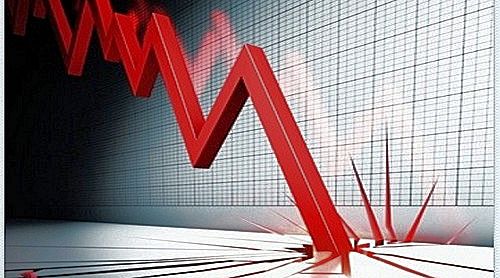In January, industry turnover is estimated to increase by 3.1% in quarterly terms. In the average of the last three months, out of the previous three, the overall index still shows a drop of 1.8%. Orders also recorded a cyclical growth of 1.8% compared to the previous month, while in the average of the last three months there was also a reduction compared to the previous three months (-2.1%).
All the main groupings of industries report a positive cyclical change: +4.6% for energy, +4.1% for capital goods, +2.5% for intermediate goods and +2.4% for consumer goods.
Corrected for calendar effects (there were 22 working days, as in January 2018), total turnover grew in trend terms by 0.6%, with a decrease of 0.1% on the domestic market and an increase of 1.9% on the foreign one.
With reference to the manufacturing sector the sales adjusted for calendar effects, it recorded the highest year-on-year growth in the machinery and equipment sector (+8.8%) and the the most significant decrease in the pharmaceutical industry (-13.8%).
The raw index of orders shows a trend decline of 1.2%, deriving from decreases both for the domestic market (-1.9%) and, to a lesser extent, for the foreign market (-0.2%). The greatest growth is recorded for the textile industries (+5.4%), while the most marked decrease was seen in the pharmaceutical industry (-5.1%).
Comunicato ISTAT – 15 marzo 2019
Full text and methodological note
Related news: Pharmaceutical. Menarini, turnover (+1.6%) and employees grow
